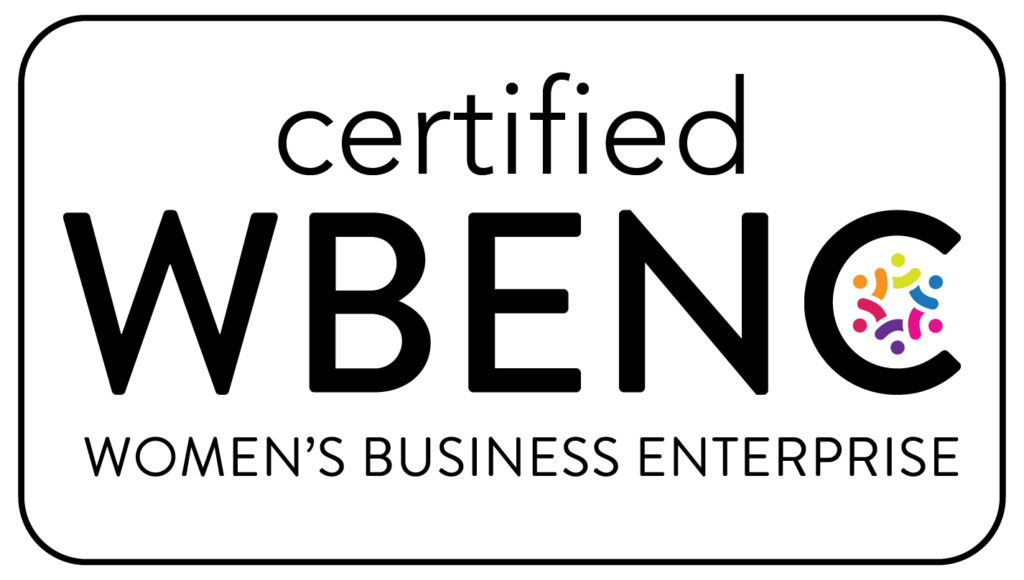
Our society has been calling for a shift in the way business is done and consumers are reached, especially during the coronavirus pandemic. The buying power of minority populations has dramatically increased over the past few years approximately by 2.3 million annually. However, a lack of knowledge, of multiculturalism and diversity and inclusion values, has often led to indifference, ignorance or prejudice. The absence of diverse voices at the table has resulted in missed opportunities when it comes to profitable growth and inclusion. Here’s why it’s more essential than ever to maintain or build on your diversity and inclusion organizational efforts – and how to do that without spending MORE.
Emphasize the importance of diversity and inclusion
In reassessing your company core values, remember that they define your company and shape your culture – and exist beyond your website or office wall. Your core values are now put to the test; they will either hold true to what you’ve been promoting all along, or will need to evolve in a completely different direction as dictated by a crisis. When businesses choose to push diversity and inclusion efforts aside during a time of budget cuts, it demonstrates not understanding the value of such efforts that result in long-term financial outcomes. This can include talent recruitment and retention; innovation; and profit increases, to name a few.
Long after the coronavirus pandemic ends, consumers will associate the values of diversity and inclusion your brand demonstrated both internally and externally. Holding diversity and inclusion values will exist in consumers remembering the positive or poor role your brand played. How do you want to be remembered? Showing that you continue to care during a time of need can put you ahead of the game by making you an easy purchase option for a customer the next time around. By keeping your diversity and inclusion efforts in place, it truly proves your authentic intention of holding those values in the first place. After all, how much does your business really embrace diversity and inclusion if it becomes the first to be subjected to a budget cut?
Enhance deeper partnerships with brands, organizations and influencers
If you have already established your diversity, equity and inclusion pillars, the next step is to identify how to bring these values to life through your campaigns and marketing efforts. With many events and happenings moving to the virtual space, think about how you can evolve your existing efforts to avoid reinventing the wheel (this can also save you from having to make budget cuts). If you’re already offering events, a creative idea can include hosting multicultural chats or live talks by focusing on different cultural groups on platforms they are most active on as it relates to your brand while you cross-promote. With this, you can engage relevant influencers or influential brands who reflect or represent key ethnic segments: African American, Latinx and Asian groups. The purpose of doing this is to create a space where multicultural groups can share their experiences and realities.
When companies have an in-depth understanding of their customers – their behaviors, values, lifestyles, and motivations – they are positioned to create meaningful marketing content that reflects that your brand listens and responds to their needs. It says, “This product/service is for you, too.” Companies who have demonstrated inclusive efforts will ultimately find themselves at a competitive advantage, forming stronger bonds that translate into brand loyalty and sales.
We, at Blended Collective, see an even brighter future for multicultural marketing specialists than before Covid-19, which continues to reshape our nation with the multicultural reality we are experiencing. Looking forward, the most successful companies will redefine their purpose-based brands with strong diversity and inclusion pillars; identify and capitalize on new value propositions; and adapt their multicultural strategies accordingly. Prioritizing ethnic audiences alongside diversity and inclusion values is not just an option anymore; it is essential to long-term success.
As seen in

Return to Work
